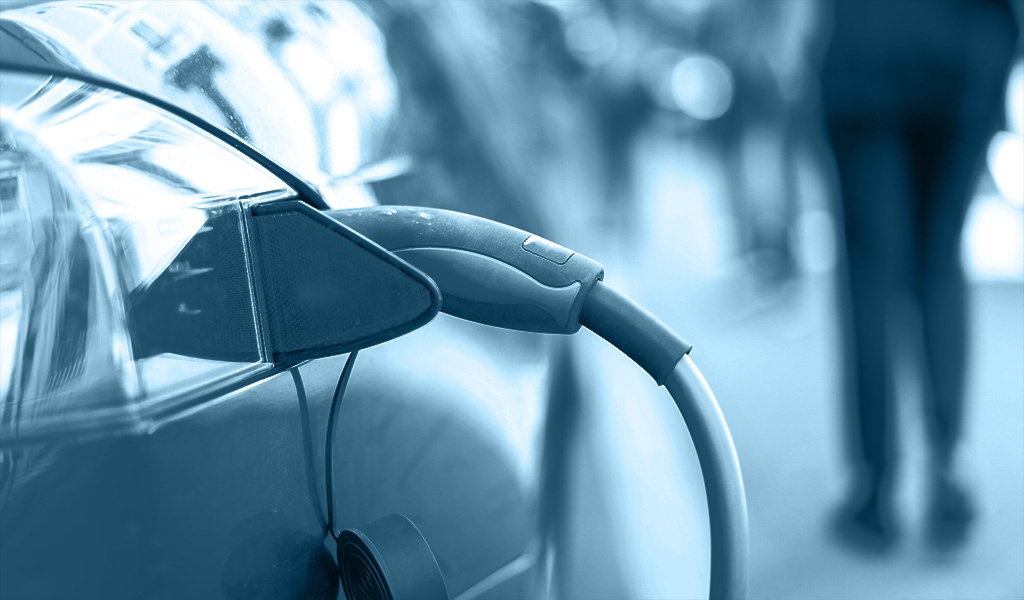
Spain does not surpass the European average in EV charging
Spain continues to rank among the bottom EU countries in the Electro-mobility barometer. Despite having increased the number of EV charging stations and electric vehicles, 2.2 points compared to the previous quarter, Spain has not managed to catch up with the European rate of electrification of its vehicle fleet.
The Electro-Mobility barometer assesses the charging infrastructure and the rate of electrification within the Spanish car fleet. The average for European countries stands at 44.5 points out of 100 in the first quarter of 2021, while Spain, despite continuing to increase the production of electric vehicles, is positioned with 20.9 points.
What is happening with charging points in Spain?
At the national level, the autonomous communities of Catalonia, Madrid and Asturias are leaders in the growth of electromobility. According to ANFAC, the number of EV charging station in Spain has increased, but a large percentage of them are not publicly accessible or do not work as they should and therefore have not been included in the report.
Therefore, ANFAC plans to deploy measures to increase the electric charging infrastructure in Spain in order to achieve the objective of renewing the Spanish car fleet.
What is the state of electric mobility in Europe?
The fight to curb the remarkable environmental crisis is forcing European governments to implement aid to curb polluting emissions and help the electric vehicle enter the market smoothly.
Despite the negative impact caused by the Covid-19 health crisis, European countries are still on track to decarbonise their vehicles, with most countries scoring close to 50 points out of 100 on the electromobility barometer for electric car production and EV charging infrastructure.
Spain, the Czech Republic and Hungary, at the bottom of the electric mobility league table
During this first quarter, Spain is ahead of the Czech Republic and Hungary. Although there is a certain positive trend in terms of the electrification of the Spanish car fleet in the last quarter, Spain are ahead of Italy, which has improved its score, in part, thanks to the aid plan it implemented in 2020.
At the top of the barometer are Norway with 298.5 points, the Netherlands, which also exceeds 100 points with 122.8, and Germany with 62.7. All are above 50 points, and even the first two are above 100.
This is a clear indicator that these EU countries attach great importance to the implementation of electric vehicles, their corresponding charging infrastructures, and that despite the current crisis they have been able to be responsible with regard to the growing environmental crisis, with support to ensure more efficient and sustainable mobility.
Measures and aid to encourage electromobility in Spain
Spain is at the bottom of the European Union in terms of the implementation of charging stations and electric cars in the Spanish market.
Although Spain has been making progress year after year in trying to improve electrification conditions, it has not been as effective as expected. Largely because charging infrastructures have been deficient in terms of charging (less than or equal to 22 kW).
There are only 60 inter-city public access points with charging above 250 kW in the whole country, which makes it unsustainable to develop a sustainable electric car structure.
New measures to boost the car fleet
ANFAC plans to implement 16 measures to renew the Spanish car fleet and catch up with European countries. On the other hand, the Senate approved the new Moves III plan, with a budget of 800 million euros for the first year.
The aim of ANFAC’s measures is to reach a fleet of 5 million electric vehicles by 2030, including motorbikes, buses, vans and, above all, passenger cars.
It also plans to increase the number of publicly accessible electric charging infrastructures to more than 340,000 by 2030. The following are some of the most important measures that ANFAC will be implementing in the coming years:
Measures to improve electromobility in Spain
ANFAC’s 16 measures are divided into 4 groups: institutional measures, measures to remove regulatory barriers, measures to boost economic actions and measures for consumer protection.
The corresponding measures are, to a large extent, to avoid problems with the responsibilities of the institutional groups and to ensure their correct and faster implementation. Some of these measures are:
1. Deployment of measures to expand the electric charging infrastructure in the coming years
The objectives proposed by ANFAC to guarantee public access charging stations are:
- By 2022 they want to implement 45,000 to 48,000 EV charging.
- By the end of 2025 they propose 110,000 to 120,000 EV charging.
- The ultimate goal would be for Spain to have 340,000 to 360,000 EV charging by 2030.
2. Increase the number of interurban charging infrastructure in the short term
Due to the current state of the Spanish car fleet, a limited timeframe is needed for these measures to be built as a matter of urgency and to build a road network suitable for all types of consumers as soon as possible.
3. Encourage the construction of electric charging infrastructures on motorways and dual carriageways
The need to provide recharging points at service stations on motorways and dual carriageways so that drivers of electric vehicles have the same refuelling facilities as drivers of more traditional vehicles.
4. Promote smart charging points for electric vehicles in car parks
This measure has no other motive than to favour infrastructures in buildings for both residential use and for other public bodies.
This clear and simplified regulatory framework suggests that the relevant measures will be carried out in coordination with different bodies for their correct execution, in order to achieve the European pace of electrification and, at the same time, to become a more sustainable country.





